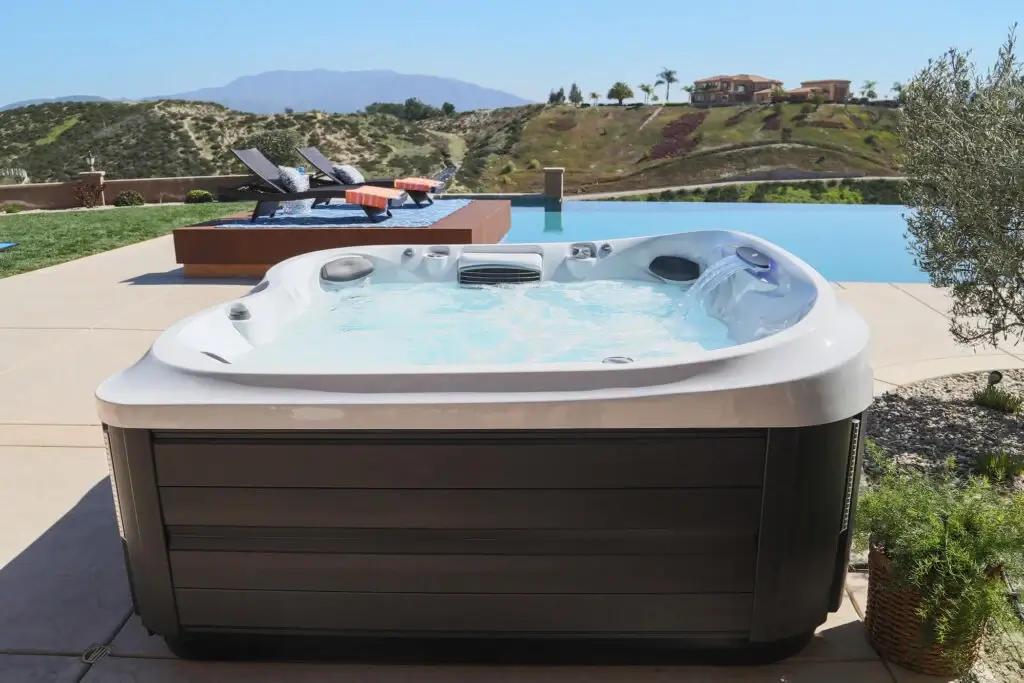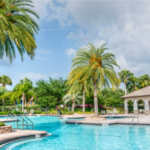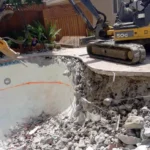Owning your first hot tub can be an exciting investment in relaxation, health, and outdoor enjoyment. However, starting can feel overwhelming if you’re not familiar with the basics of setup, maintenance, and proper use. This beginner-friendly guide will walk you through everything you need to know to enjoy your hot tub safely, efficiently, and worry-free.

Content
Understanding Your Hot Tub and Its Components
Before diving in, take time to familiarize yourself with your hot tub’s components. Your owner’s manual is the best place to start — it explains the control panel, filtration cycles, heating settings, and safety features specific to your model. Key hardware includes:
- Pentair spa pumps and motors: The pump circulates water through the filtration system and jets. Reliable pumps are crucial for maintaining water quality and temperature.
- Heating elements: Responsible for warming your spa water to your desired temperature.
- Filtration system: Traps debris and contaminants to keep water clean and clear.
- Control panel: Allows you to operate settings like jets, temperature, filtration cycles, and sometimes lighting or other features.
Knowing these parts ensures you can operate and maintain your spa comfortably.
Setting Up Your Hot Tub for First Use
- Location: Ensure your hot tub is situated on a stable, level surface with access to a dedicated electrical circuit following manufacturer guidelines.
- Initial Cleaning: If new, your tub might contain antifreeze to protect internal plumbing during shipping. Fill the footwell (the bottom area where feet rest), run the pump for a few minutes, then drain to flush out this antifreeze thoroughly.
- Fill with Fresh Water: Use a garden hose with a pre-filter to reduce minerals and debris. Fill to the recommended water level, usually marked near the skimmer or on the tub edge.
- Prime the Pump: Remove air from the plumbing by running the pump or using a bleeder valve if your tub has one. Proper priming prevents pump damage and ensures efficient circulation.
Balancing and Maintaining Water Chemistry
Proper water chemistry is essential for safe, pleasant soaking and preventing damage to your hot tub.
- Test Water Regularly: Use test strips or liquid test kits to monitor pH, alkalinity, and sanitizer levels at least once a week.
- Ideal Ranges:
- pH: 7.2–7.8 (prevents irritation and corrosion)
- Alkalinity: 80–120 ppm (stabilizes pH)
- Sanitizer: Chlorine or bromine at recommended levels to kill bacteria.
- Add Chemicals in Order: Adjust alkalinity first, then pH, followed by sanitizer. Avoid mixing chemicals directly.
- Shock Weekly: Use a shock treatment to oxidize organic contaminants and refresh sanitizer strength, especially after heavy use.
- Water Replacement: Drain and refill every 3 months or sooner if water becomes cloudy or difficult to balance.
Operating Your Hot Tub Efficiently and Safely
- Temperature Settings: Most people prefer water between 98°F and 104°F. Avoid exceeding 104°F to prevent overheating and health risks.
- Cover Usage: Keep your hot tub covered when not in use. A good insulated cover retains heat, reduces debris entry, and lowers energy consumption.
- Run Filtration Cycles Regularly: Schedule filtration according to usage and manufacturer settings to maintain water clarity and cleanliness without wasting energy.
- Be Mindful of Modes: Many spas have economy or sleep modes for energy savings. Don’t accidentally disable heating during these cycles.
- Safety First: Keep electrical components dry and follow local electrical codes. Avoid using the tub when alone if possible, especially for seniors or those with health conditions.
Cleaning and Equipment Maintenance
- Filter Care: Clean or rinse filters weekly and soak monthly with filter cleaner. Replace filters yearly or when damaged to maintain pump function and water quality.
- Surface Cleaning: Wipe down the hot tub shell with non-abrasive cleaners to prevent buildup and foaming.
- Check Equipment: Regularly inspect pumps, heaters, and jets. Efficient operation depends on well-maintained Pentair spa pumps or equivalent.
- Drain and Flush Lines: Occasionally, clean plumbing lines with specialized cleaners to prevent buildup of oils, lotions, or biofilm inside your spa.
Common Beginner Mistakes to Avoid
- Neglecting the Owner’s Manual: Skipping the manual leads to misusing controls or missing warranty details.
- Ignoring Water Tests: Untested water can lead to skin irritation, algae growth, or equipment damage.
- Overusing Chemicals: More chemicals don’t mean better sanitation; overdosing harms your spa components and skin.
- Leaving Cover Off: This wastes energy and invites contaminants.
- Not Priming the Pump: This can cause air locks and pump failure.
Enhancing Your Hot Tub Experience
- Jets and Air Control: Learn how to adjust jets for pressure and air mix to customize massage intensity.
- Lighting and Ambiance: Many tubs have built-in underwater LED lights or sound systems for ambiance.
- Accessories: Steps, insulated covers, floating drink holders, and spa pillows add comfort and convenience.
- Regular Use: Staying consistent with maintenance prevents problems and boosts enjoyment.
Owning your first hot tub is a rewarding experience that blends relaxation with health benefits. By understanding your spa’s components, properly setting it up, maintaining water quality, and keeping equipment in good shape, you ensure years of hassle-free enjoyment. Remember to consult your user manual, follow chemical safety guidelines, and lean on regular maintenance habits.

Viola Moore is a dedicated home improvement blog author who has a passion for writing. She enjoys blogging about all sorts of topics, from interior design to landscaping and more! She loves the outdoors and spending time in nature with her family. She also likes to bake in her free time.




